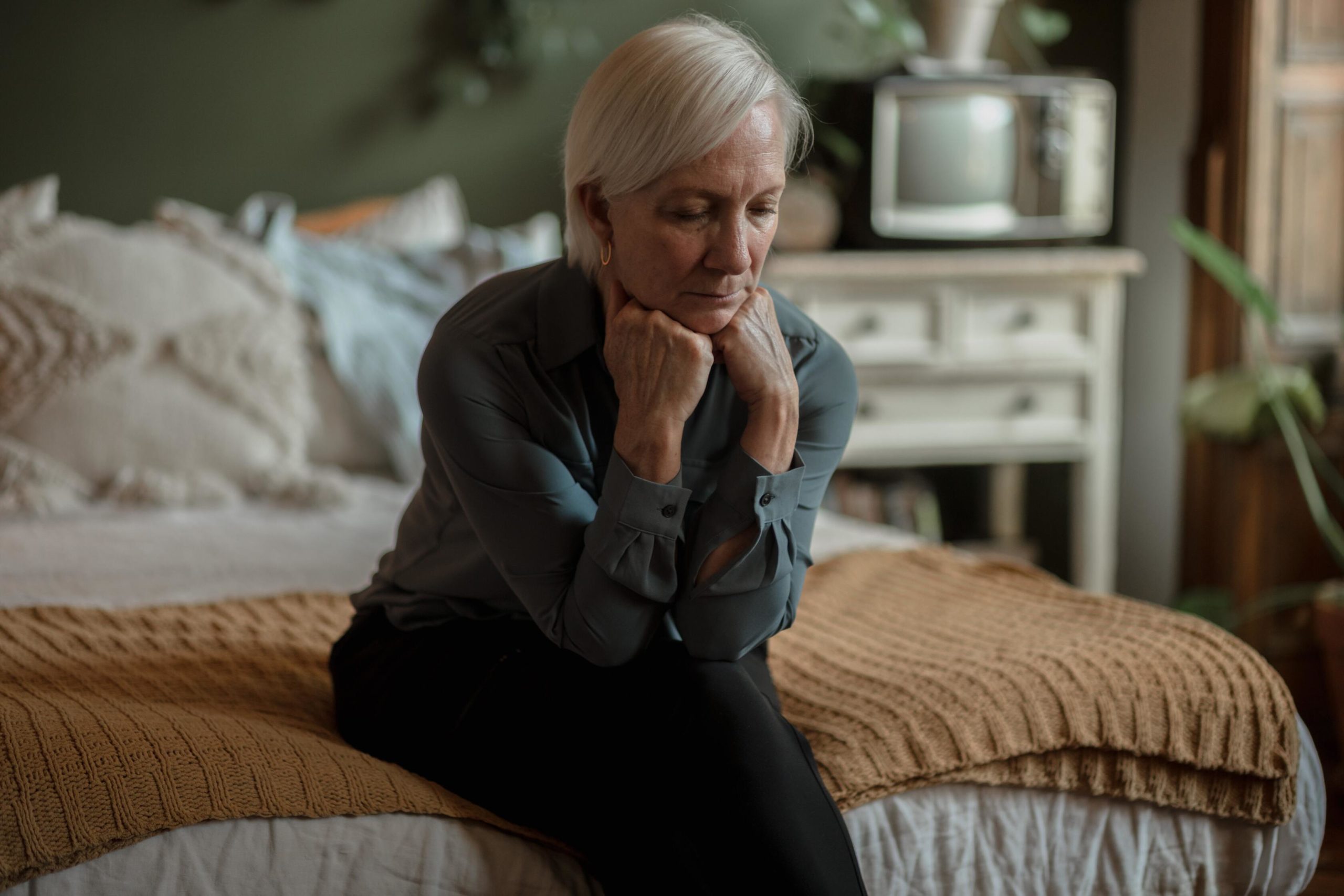By: Rikki Frischman, Preventionist
If you have a senior citizen in your life, you are aware of how important it is to remain in contact with them and make time to talk to them frequently. I often think of my husband’s grandmother (GM) and how often she likes to speak to her daughter and her grandsons. When I think about GM, I have a particular memory that sticks out in my mind.
GM was visiting for the weekend, and the whole family went out to dinner. During dinner, GM looked at all of us and said, “I am having so much fun. It is so nice to be with everyone.” This made me get a bit emotional, as I thought to myself, “How often does GM experience loneliness and social isolation?”
“Social isolation refers to the objective absence or paucity of contacts and interactions between a person and a social network (Gardner et al. 1999), whereas loneliness refers to a subjective feeling state of being alone, separated or apart from others, and has been conceptualized as an imbalance between desired social contacts and actual social contacts (Weiss 1973, Ernst & Cacioppo 1999).” (Clare Gardiner PhD BSc (Hons), Gideon Geldenhuys BNurs, Merryn Gott PhD MA Oxon, July 13, 2016).
As people get older, they are at higher risk to experience loneliness and social isolation (L/SI). “Data from the National Representative of US Health and Retirement Study (Perissinotto) found that 43% of Americans ages 60 and older reported feeling lonely and 13% reported feeling lonely often.” (Nancy J. Donovan, M.D. and Dan Blazer, M.D., Ph.D., December 28, 2020)
Depression, anxiety, and other mental health issues can cause L/SI. This is because these various mental health issues can result in low social support and fewer social interactions. Other factors of developing L/SI include living alone, lack of family relationships or support, burden shown by a caregiver, disruption in life events (for example, moving), bereavement, illness, and functional disability (loss of hearing or sight).
Various studies have been done throughout the years that show interventions that can minimize the negative effects of L/SI.
- Group-based activities where people are not only involved in the outcome of a project but they are involved in the planning.
- Psychological intervention — this includes access to group and individual therapies and mindfulness exercises.
- Health and social care through formal programming provided by a nursing home or community setting.
- Animal intervention using dogs and cats to provide animal-based therapy or owning a pet of your own.
- Friendship interventions strictly focused on lonely individuals building friendly relationships.
- Leisure and skill-based activities such as gardening, voluntary work, and computer training classes.
While L/SI is very common in older adults, there are many options and resources to help in reversing its effects. It is important that you or someone you love have the tools and tricks in order to combat this ever-growing issue.
Citations:
Donovan, Nancy J, and Dan Blazer. “Social Isolation and Loneliness in Older Adults: Review and Commentary of a National Academies Report.” The American Journal of Geriatric Psychiatry: Official Journal of the American Association for Geriatric Psychiatry, American Association for Geriatric Psychiatry. Published by Elsevier Inc., Dec. 2020, https://www.ncbi.nlm.nih.gov/pmc/articles/PMC7437541/.
Gardiner, Clair, et al. “Interventions to Reduce Social Isolation and … – Wiley Online Library.” Interventions to Reduce Social Isolation and Loneliness among Older People: an Integrative Review, 13 July 2016, https://onlinelibrary.wiley.com/doi/full/10.1111/hsc.12367.

